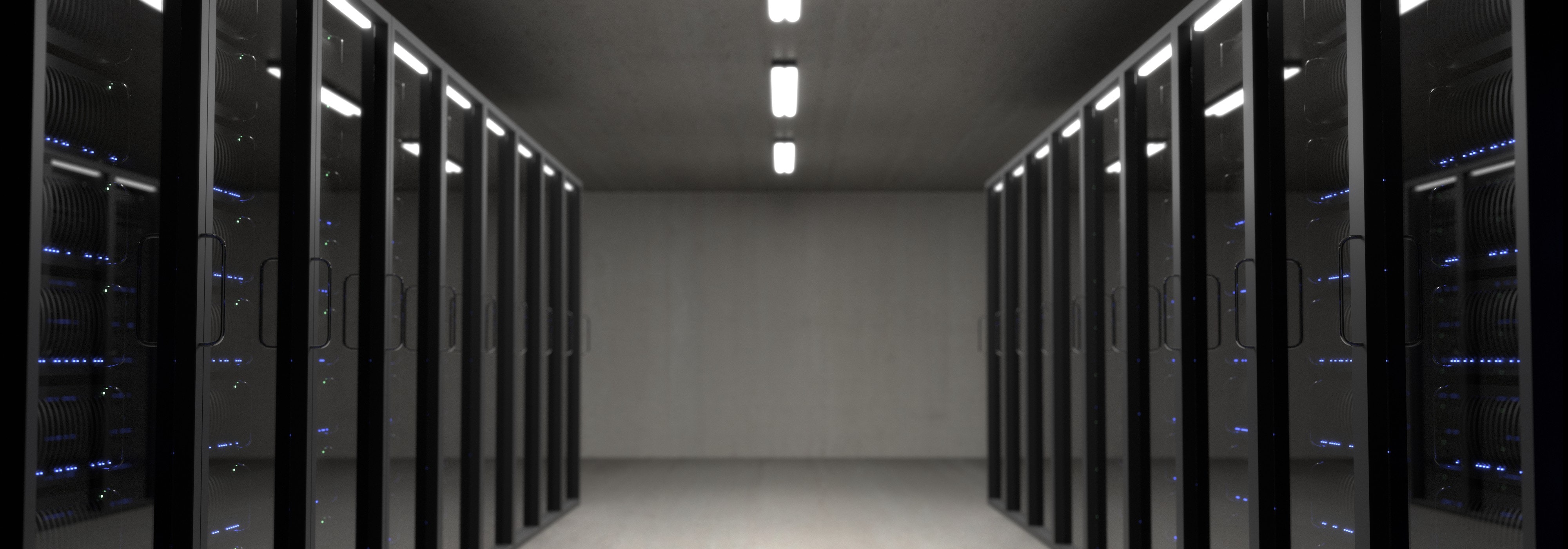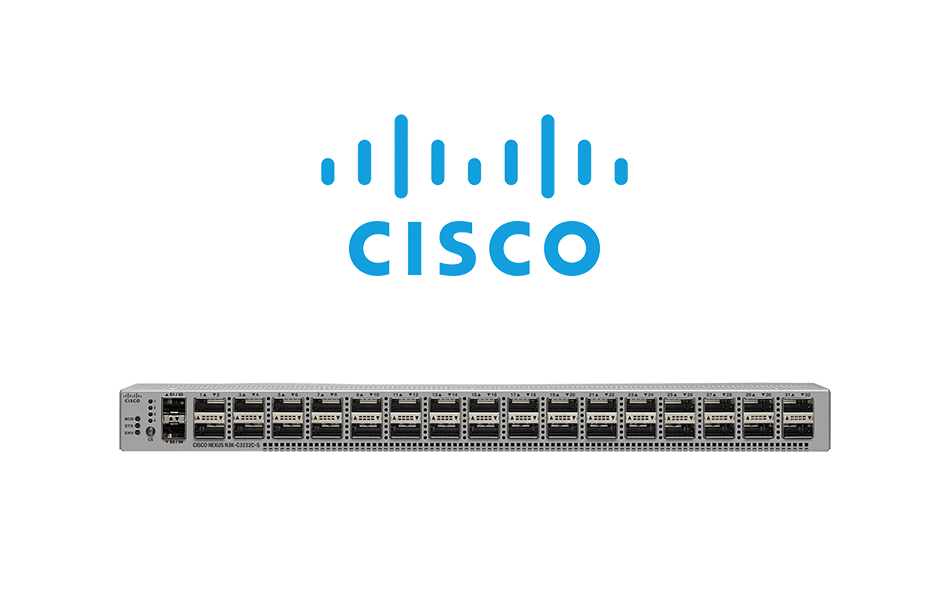Defining Data Center
To put it simply, a data center is a physical facility where organizations house their critical data. It is designed based on computing networks as well as storage resources to allow data delivery. Its core components include switches, routers, firewalls, servers, storage systems, controllers, etc.
A modern data center, however, is very different from physical centers. The data center infrastructure has shifted from on-premises servers to more efficient virtual networks support applications across physical set-up along with the multi-cloud environment. Unlike before, where big supercomputers acted as data centers, modern age centers use multiple serves to boost the processing power.
In today’s time, data connects and exists over several data centers that communicate across multiple sites, including on-premises and cloud. Thousands of tiny and potent servers operate non-stop round the clock. Public and private clouds are both a collection of data centers, so when applications are hosted, they are using data center resources from the particular cloud provider.
Importance of Data Centers
Data centers have been around since the rise of modern computing. These are spaces where networking equipment and computing facilities are located and consolidated. A large amount of data is collected, stored, processed, and distributed at a data center. In short, a center connects the communication networks so the end-user may be able to better access any information remotely.
Every modern business today needs its data center, so where giant corporates choose to build and manage one in-house, others rent servers
due to limited resources.

Reliable and functional data centers are designed to sustain everyday business activities and applications, including the following:
- File sharing or emailing
- Website hosting
- E-commerce transactions
- Instant messaging services
- Productivity apps
- CRM and ERP
- Big data, AI, and machine learning
- Virtual desktops
- Collaboration and communication services
- Data backup, recovery, and networking
- Without a fully functional data center, a business would suffer from the absence of secure and speedy data access, ultimately losing productivity, clients, and profit.
Therefore, data centers are an indispensable resource for businesses that want to operate hassle-free and cost-effectively.
It would be apt to say that the importance of big data centers has intensified ten times more because of the increasing demand for info trading. All in all, a dependable data center helps ensure smooth operations, easy data retrieval, and secured storage.
Core Components of a Data Center
Bundled with a router, switch, server, firewall, storage system, and application delivery controllers, these data center components works to store and handle business-critical data to provide:
Network infrastructure: Connecting physical or virtual servers, data centers, storage as well as external connectivity services to the end-user destination
Storage infrastructure: Holding data, the most valuable commodity for modern data centers
Computing resources: Driving applications via servers that support processing, memory storage, as well as connectivity
A data center facility comprises significant hardware and software, including power subsystems, UPS, cooling systems, fire suppressors, backup generators, external networks, and so on.
Ideally, the services are deployed for safeguarding the integrity and performance of the core components. Two internet servers broadcast data to web browsers via network connections. Data stored on servers is distributed into packets before transmission and is sent to progress via the most suitable router path.
Utilizing a series of wired and wireless networks, information reaches the user’s internet service provider to arrive at the endpoint ultimately. When a web address is keyed into the browser, the data is automatically requested from the server. The procedure is reversed if the end-user wants to upload any information and not request it.
Optimization of Your Data Center
For modern enterprises to thrive, data centers are critical for data delivery, distribution, and support. In all these years, the cloud and infrastructure costs have increased, demanding system administrators to consolidate several racks. But leveling up your IT agility does not require you to go beyond your budget. The following points explain how you can attain the best with the least:
Understand the equipment life cycle
Hardware upgrade must significantly be more flexible in its frequency. So choose a deliberate upgrade structure and eliminate the original equipment manufacturer dependency. Go for a trusted and genuine third party maintenance vendor that will grant you cost savings and increase IT agility on the equipment that no longer relies on regular software upgrades. On average, such an upgrade can apply to almost 60% of your current gear.
Adopt a hybrid maintenance approach
The hybrid model is getting more popular as a stepping stone to the cloud. The IT environment is now treated as a uniform piece that is designed to transform and replace simultaneously. So approaching the IT environment with a different view separates the whole thing into several components, where each one has its own priority. Depending on the budget, one can determine which innovation would benefit the business and what products can remain in place. Lifespan increases, cost decreases, and hybridization is achievable with greater efficacy.
Integrate equipment
Using pre-owned equipment is something most professionals be wary of. At Edgeium, we understand the specifics of how you can correctly expand the network with older equipment. When it comes to pre-owned hardware, you can undoubtedly maximize the server lifespan and do much more with so less. Our pre-owned equipment is thoroughly tested, so it meets the highest standards your enterprise can achieve. It would add value to the procurement of your IT network infrastructure. You can lessen the downtime and keep the environment running smoothly. Moreover, it is the Edgeium assurance that the equipment you get will be as good as new.






